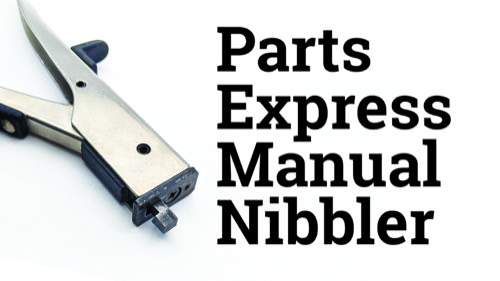Month: March 2020
 03/2/20
03/2/20
Nickel Plated Nibbling Tool
Make square holes for fuse holders, switches, indicator lamps, etc.
 03/2/20
03/2/20
Make square holes for fuse holders, switches, indicator lamps, etc.
© 2022